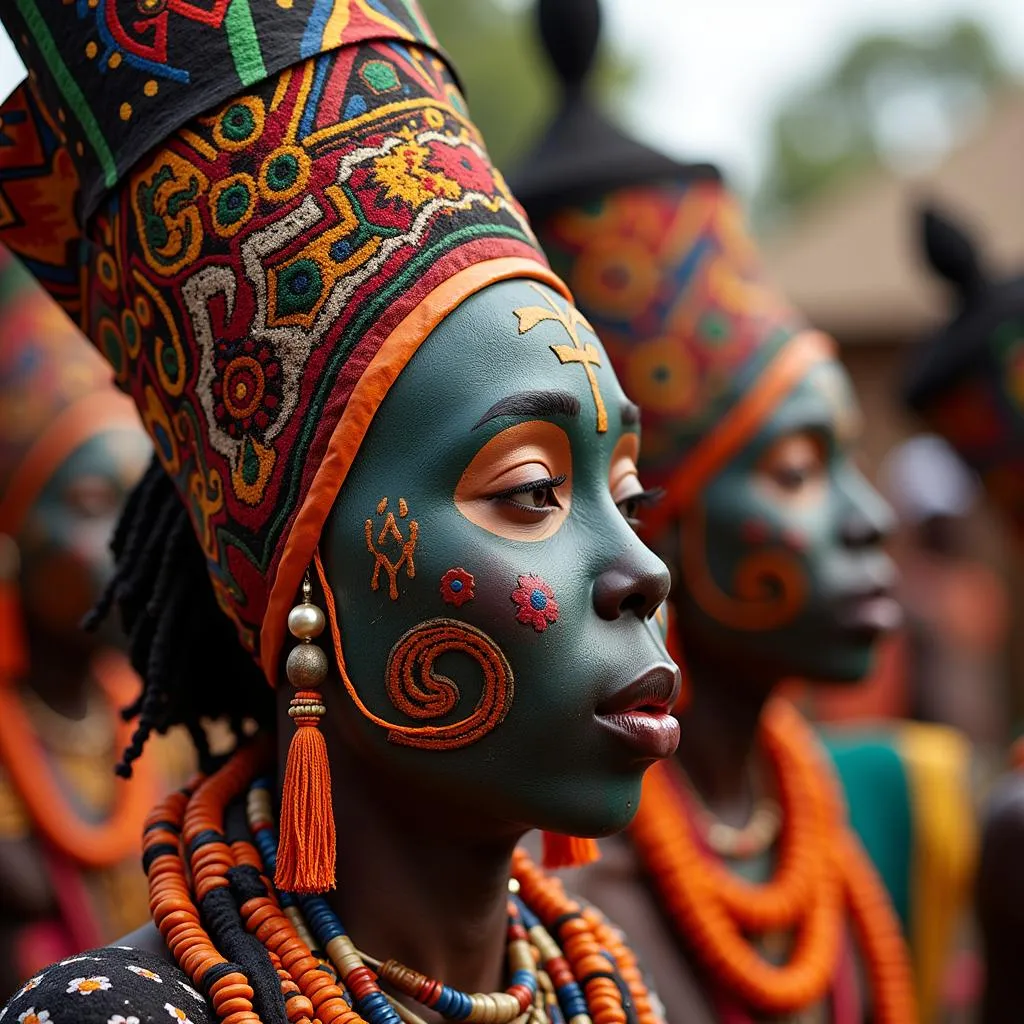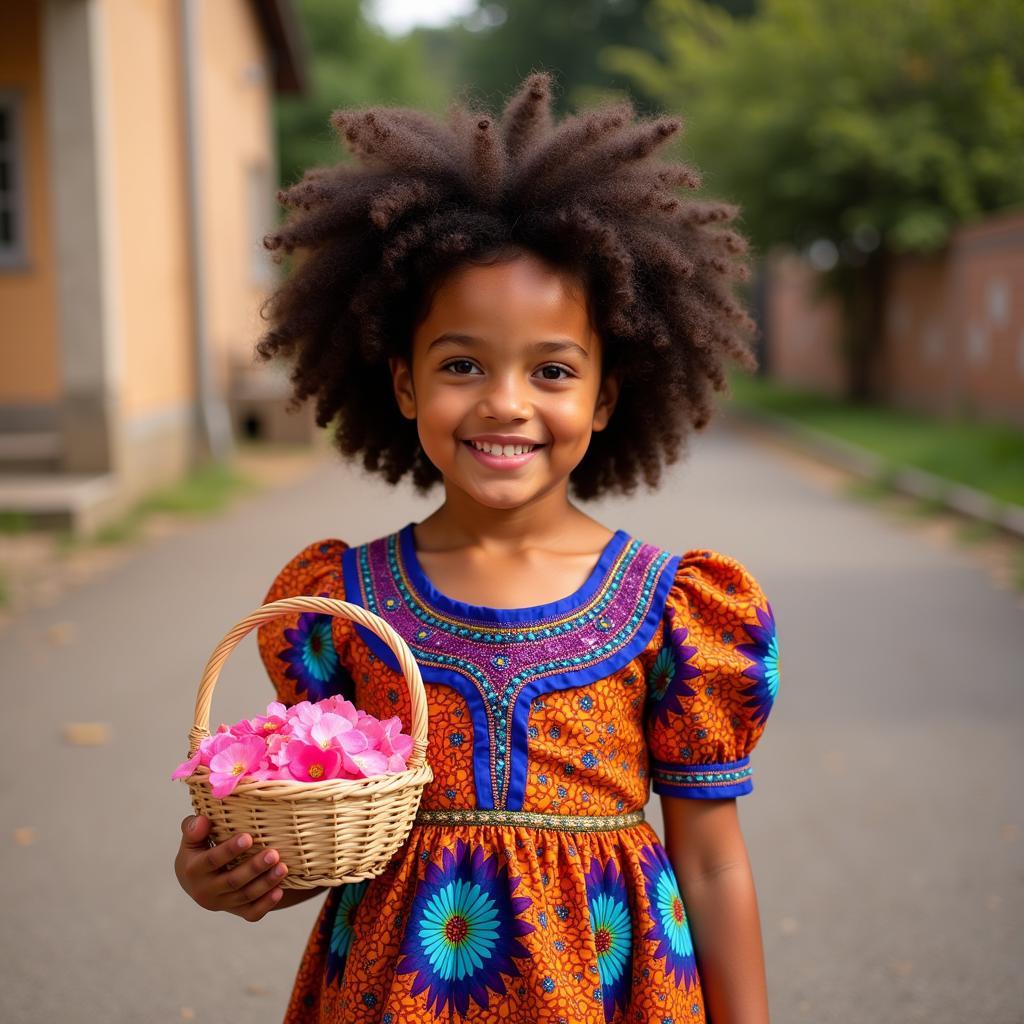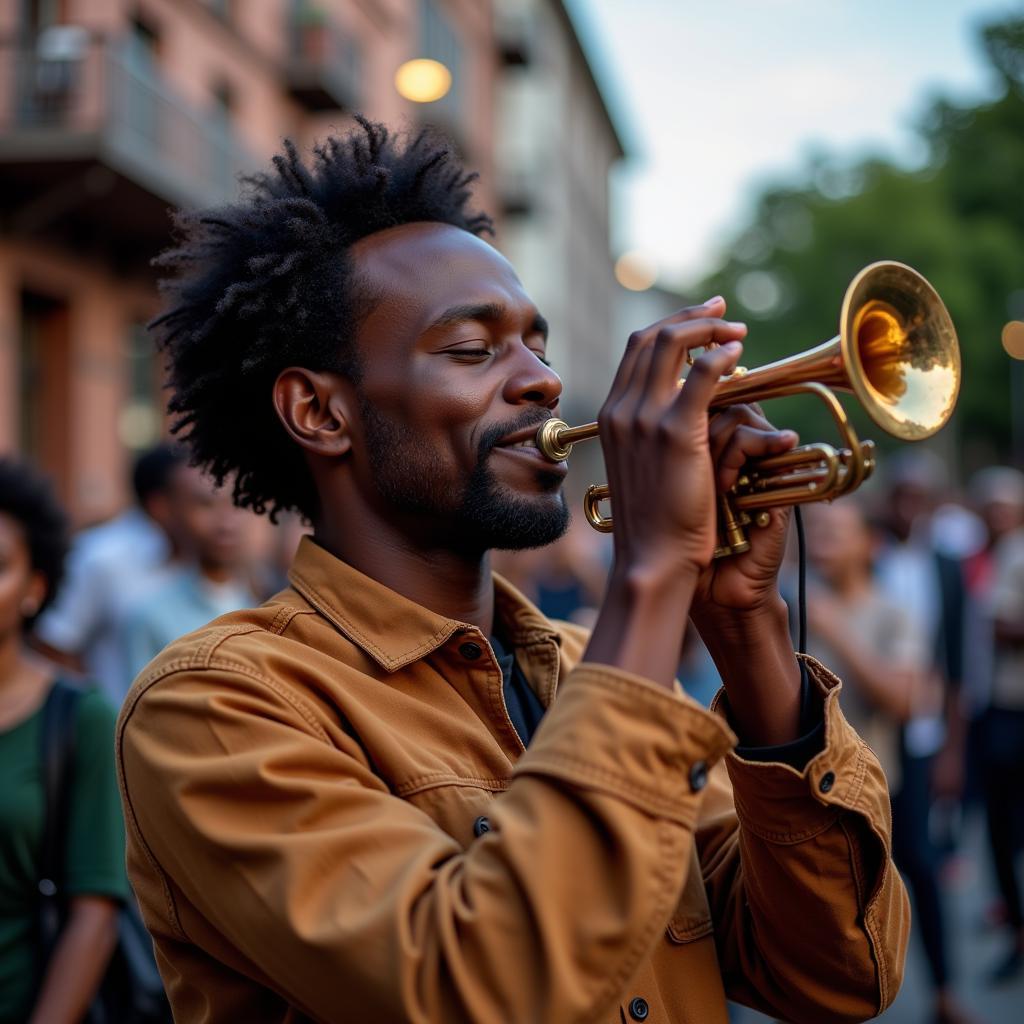The African Chappal: More Than Just Footwear
The African Chappal, often referred to as “Akala” in Swahili, is more than just a simple sandal. It’s a cultural icon, a symbol of tradition, and a testament to the continent’s rich heritage. These handcrafted leather sandals have graced the feet of generations, transcending mere utility to become an embodiment of African identity.
A Walk Through History: The Origins of the Chappal
While the exact origins of the chappal remain shrouded in the mists of time, its presence in Africa dates back centuries. Some historians believe that early forms of the chappal were worn by ancient Egyptians, as evidenced by depictions in hieroglyphics and tomb paintings.
The chappal’s journey through Africa continued with the Bantu migrations, spreading its influence across the continent. Over time, different regions and cultures adapted the design, incorporating local materials and aesthetics, leading to the diverse array of chappal styles we see today.
Crafting Tradition: The Making of an African Chappal
The creation of an African chappal is a testament to skilled craftsmanship passed down through generations. Artisans, often using techniques unchanged for centuries, meticulously handcraft each pair.
The process typically begins with selecting high-quality leather, often cowhide, known for its durability and flexibility. The leather is then cut and shaped according to the desired design. Intricate patterns may be carved into the leather, adding a touch of artistry and individuality.
Styles Across the Continent: A Tapestry of Diversity
From the bustling markets of Marrakech to the vibrant streets of Nairobi, the African chappal manifests in a dazzling array of styles, each reflecting the unique cultural nuances of its region.
North Africa: Elegance and Intricacy
In North Africa, particularly Morocco, chappals are renowned for their intricate designs and vibrant colors. These often feature pointed toes, elaborate embroidery, and embellishments like beads and sequins.
East Africa: Simplicity and Functionality
East African chappals, such as the Maasai sandals in Kenya, prioritize practicality and durability. Typically crafted from thick cowhide, they often feature simple designs and sturdy straps.
West Africa: Bold Colors and Artistic Flair
West African chappals are characterized by their bold colors and intricate leatherwork. Artisans often incorporate geometric patterns, symbolic motifs, and vibrant dyes, transforming the footwear into wearable art.
The African Chappal in Modern Times: Tradition Meets Trend
While deeply rooted in tradition, the African chappal has seamlessly transitioned into modern fashion. Designers are reinterpreting this classic footwear, incorporating contemporary elements while staying true to its heritage.
Today, the African chappal has transcended geographical boundaries, captivating fashion enthusiasts worldwide. Its versatility allows it to complement a range of styles, from casual chic to bohemian elegance.
Conclusion
The African chappal is more than just footwear; it’s a symbol of heritage, artistry, and cultural identity. As you slip on a pair, you’re not just putting on sandals; you’re stepping into a legacy that has endured for centuries.




